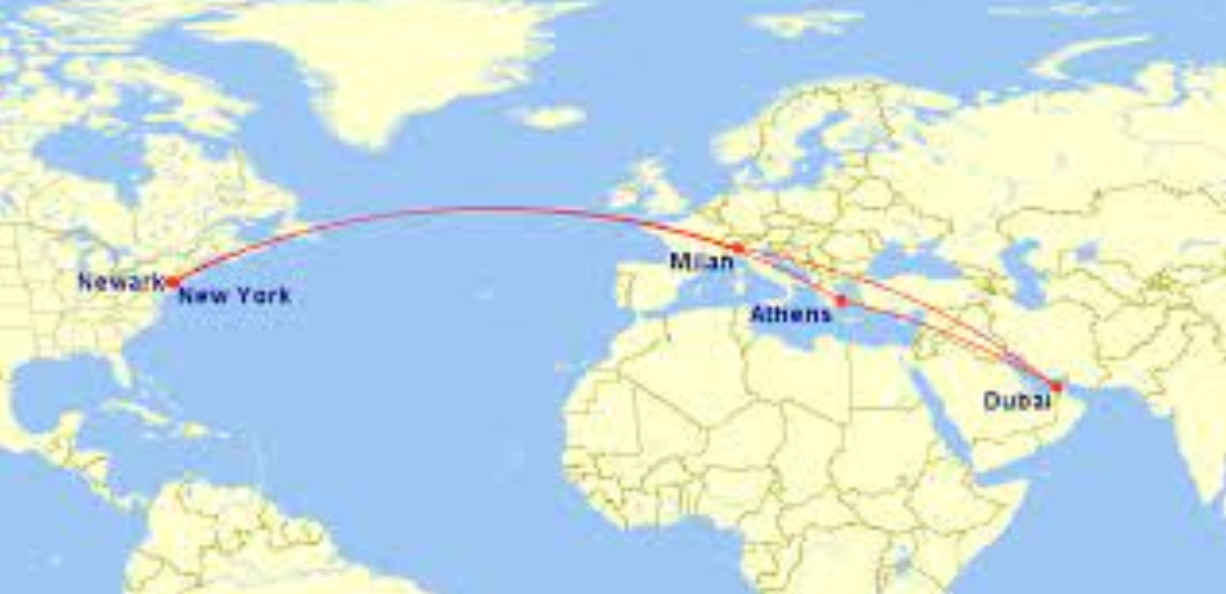Have you have heard of Astronaut Frank Borman? Perhaps, if you are not old enough you may not know of him. He died on November 7, 2023. He was 95.
Frank Borman was a West Point Graduate, a Colonel in the USAF, and he was a test pilot. He had a distinguished career in the military as a pilot and test pilot, before becoming an astronaut. He was also the Commander of the Apollo 8 mission to the moon, in 1968, but they did not land on the moon. Instead, they orbited the moon ten times before returning to earth. After his military career, he joined the now long-gone Eastern Airlines, where he rose through the ranks to become CEO. Eastern ultimately went out of business in January 1991.
And look how far we’ve come in the relatively short 30-year time span since then. From missions to the moon in the late 1960’s over a period of 3 short years, from 1969 – 1972, to where we are now. We accomplished all of this with technology that was unimaginable even 20 years ago! This is thanks in part to the creative, innovative, pioneering mind of the late Steve Jobs. And there have been others, as well, including Bill Gates, and those who started the Google search engine, to name a few.
We now have smart phones and iPads or Android devices that we hold in our hands, that contain more processing power than the Apollo 8 rocket that took Col. Frank Borman and his crew to the moon and back. And we take it for granted now. This is simply amazing. And more is on the way.
And in aviation, advanced air mobility, or AAM, is now on the horizon. Actually, it has been for several years now. AAM is a unique transportation system that uses eVTOL, or electrically operated vertical takeoff and landing aircraft. Think Joby Aviation, based in Santa Cruz, California, which was started in 2009. They have developed eVTOL aircraft that are undergoing flight testing now, that will lead to certification. Because this is so new, there are many issues that need to be addressed. Certification is possible within a few years.
How will these aircraft change the ways that we travel and affect our daily lives? How will eVTOLs fit into the NAS, aka the national airspace system, and be compatible with conventional aircraft? There are among many questions that need to be considered and addressed by the FAA before eVTOLs will be operating in the NAS. And, what’s next? It’s hard to say.
Fly safely,
John Mahany

